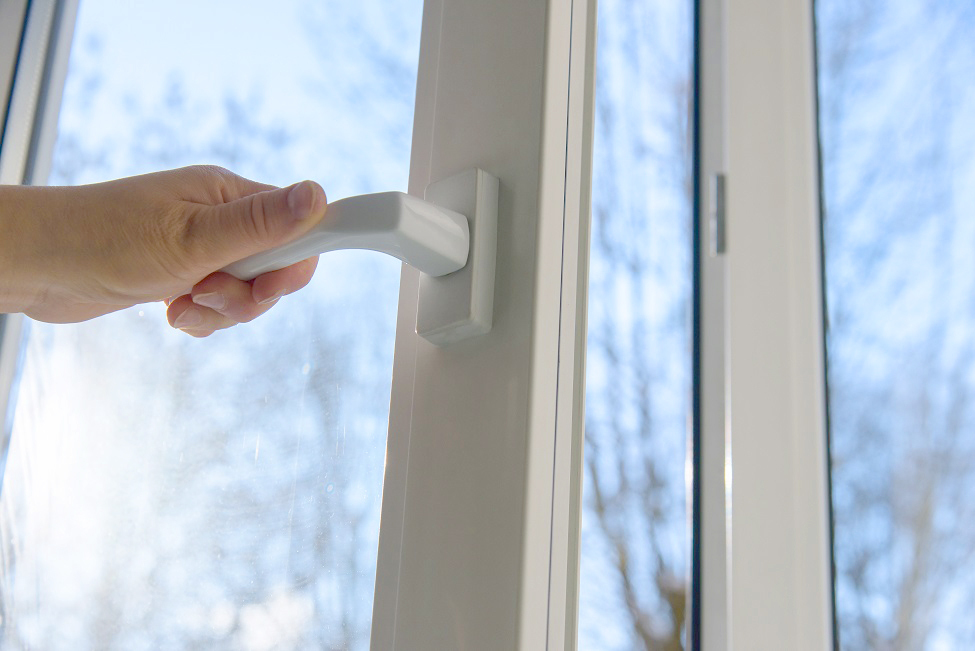Ventilate correctly depending on the season and save energy
Published on: , by

Saving energy has taken on a new meaning: Lower consumption not only pays off in one's own wallet and for the environment, but is also important for geopolitical reasons to reduce dependence on unreliable suppliers. Proper airing in every season is a first step.
In spring, the temperature differences can be particularly large. However, it can be wrong to frequently adjust the heating behaviour to the changeable weather. Constant settings are more efficient - especially in the case of strong temperature fluctuations. This saves energy and heating costs.
A thermostat turned up to the maximum does not heat the flat faster.
It is better to leave the heating on low during the day and not turn it off completely. This is especially true for residents of poorly insulated houses with high ceilings. Heating too sparingly during mild daytime temperatures cools down the flat quickly. This costs an unnecessary amount of energy when the rooms need to be warm again in the evening. Even if you only leave your home for a few hours, you should not switch off the heating completely, but only turn it down a little.
Airing changes in spring. In order to effectively prevent mould growth, regular ventilation is important even when outside temperatures fluctuate. In spring, it is advisable to air three to four times a day for ten to 15 minutes each time, instead of only three times five minutes as in winter. The reason: warm spring air contains more moisture. As a result, it takes longer when airing out for the air to absorb additional moisture from the bathroom or kitchen, for example. The heating valves should be closed during ventilation. It is better to ventilate the room by opening and closing the windows than by tilting them. This way, all the air can be exchanged more quickly.
Lowering the room temperature by one degree saves around six percent energy.
At four degrees less, that would already be 24 percent energy saved. With the current high energy prices, it is worth adjusting the temperature during the day. Programmable thermostats make setting the room temperature more convenient and can even be controlled via an app.
(Photo: © DVFG.de, Pixabay)
 Deutsch
Deutsch